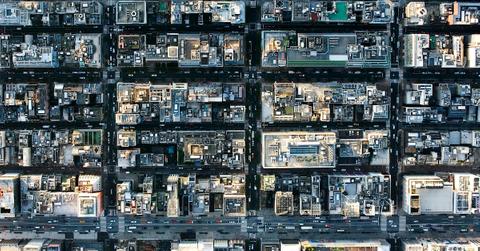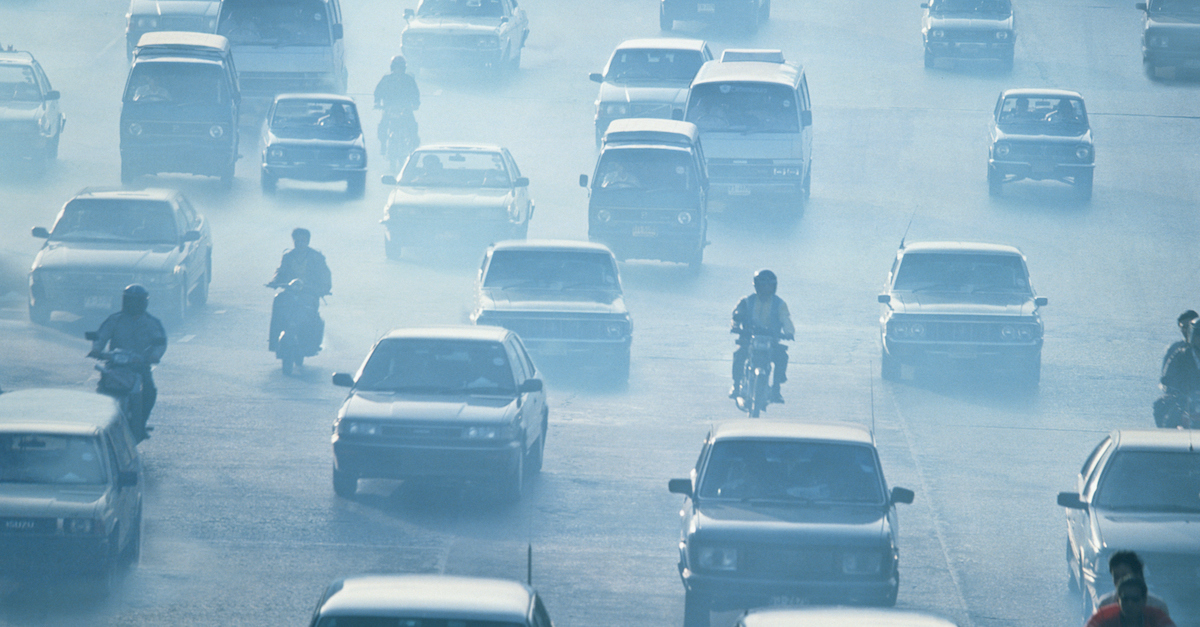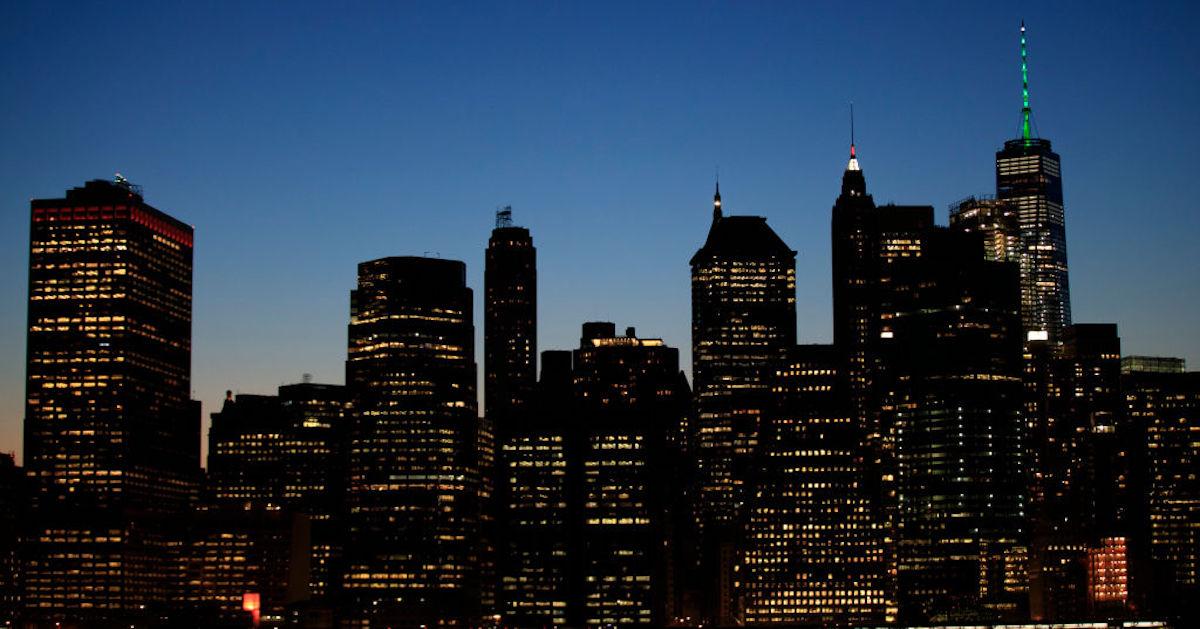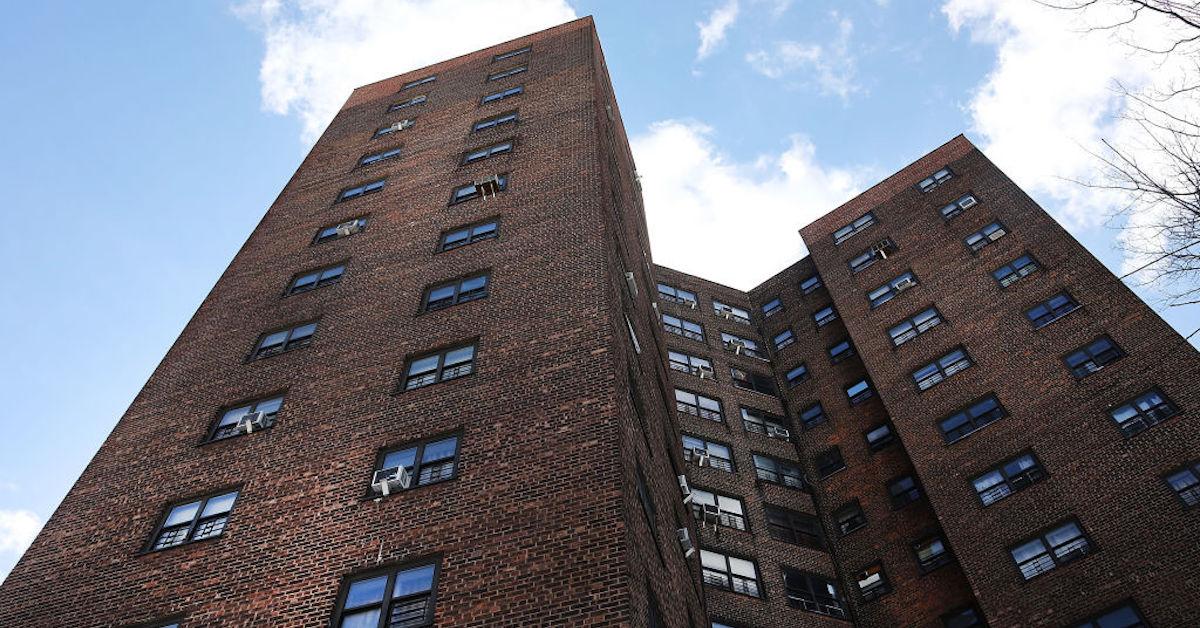Climate Change-Induced Temperatures Turn up the Heat In "Urban Heat Islands"
Nearly 34 million people are living in environments where urban heat islands increase temperatures by at least eight degrees Fahrenheit.
Updated July 11 2024, 9:48 a.m. ET

Whether it's the sweltering heat of the summer or the frigid midwinter, you may have noticed that it tends to be warmer in cities than it is in the countryside. Thanks to climate change, the dangerously high temperatures have only persisted, and one study in July 2024 shows that urban heat islands have only increased the risk of extreme weather.
What are urban heat islands? And how do they impact your daily life? Keep reading for everything you need to know about this phenomenon, including what steps are being taken to address the issue.

What is an urban heat island?
NASA defines an urban heat island as a city that "experiences much warmer temperatures than nearby rural areas." It further explains that "the difference in temperature between urban and less-developed rural areas has to do with how well the surfaces in each environment absorb and hold heat."
Basically, because of heat-trapping building materials like asphalt, concrete, and brick, built-up cities tend to be much hotter than open rural areas — and the deeper you go, the hotter it gets.
Rural areas, on the other hand, tend to be covered in a wide variety of vegetation such as grass, trees, and flowers. Plants store water and release trapped vapor into the air in a process known as transpiration, which is effectively a natural air conditioner, cooling the air down on its own.

In July 2024, Climate Central released an analysis of urban heat islands that revealed ten U.S. cities where temperatures could increase the most, per Axios: New York, San Francisco, Newark, Chicago, Philadelphia, Washington, D.C., West Palm Beach, Boston, Miami, and Baltimore.
That said, overall, the analysis found that people in 65 major U.S. cities are affected by urban heat islands pushing up temperatures.
Some cities are using Titanium Dioxide as a short-term solution.
In 2021, a company called Pavement Technologies, Inc. tested a titanium dioxide-based spray for hot asphalt across major U.S. cities, according to Vice.
The spray effectively seals the top layer of asphalt, repairing road damage, lowering temperatures, and dissolving pollutants emitted from cars. If it works, it could cool urban heat islands significantly. It will also reflect and absorb UV rays instead of heating up.
According to Axios, in 2024, Raleigh, North Carolina, city officials are using software apps to pinpoint which parts of the city are most affected by urban heat islands. Then, the city has implemented at least three different measures to combat the heat, including planting more trees, performing asphalt rejuvenation and using titanium dioxide.

A 2021 study revealed that marginalized and BIPOC communities are more affected by urban heat islands.
Using government temperature and census data, the 2021 study titledDisproportionate exposure to urban heat island intensity across major US cities found that white people are less affected by urban heat islands than non-white people — in 169 out of 175 major urban areas in the U.S. during summer 2017, the average person of color lived in an area more affected by urban island heat.
"Examining the relationship between the distribution of annual urban heat island exposure and income at the neighborhood level, find that the distribution tended to favor those with higher incomes in 18 out of 25 selected global cities," reads the study, which was published on May 24, 2021 in Nature Communications. "In 108 US cities... neighborhoods that were redlined in the 1930s have summer surface temperature profiles that are significantly higher than other coded residential areas."
Those living in areas subjected to more urban island heat can experience much hotter days, warmer-than-usual nights, and increased air pollution, as per the Associated Press (AP), which can lead to more people experiencing heat stroke, respiratory difficulty, cramps, and exhaustion. Although money may be a factor, as lower income communities in general often aren't given green spaces, research also showed the average person of color is exposed to more heat island intensity than an average person living in poverty.
This is because people of color more often face discriminatory housing policies as well as redlining. Although green spaces might help some of these neighborhoods, it's mostly due to the fact that non-white communities are subjected to worse living conditions, which is a major ongoing issue that results from systemic racism.

Consider getting involved with these intersectional environmental organizations:
There are many organizations that tackle intersectional environmental issues like these. (OPAL) Environmental Society, for example, is a grassroots organization gets BIPOC youth involved with organizing against issues like air quality concerns in marginalized communities and beyond. Hip Hop Caucus is another that educates BIPOC voters, advocating for action against environmental issues that disproportionately affect marginalized communities.
We also have an ongoing list of intersectional environmental activists that you can follow to stay up-to-date on issues like these. Urban island heat is just one example of the many ways environmental justice is important, and we must keep working to dismantle systemic racism.
This article, originally published on May 26, 2021, has been updated.